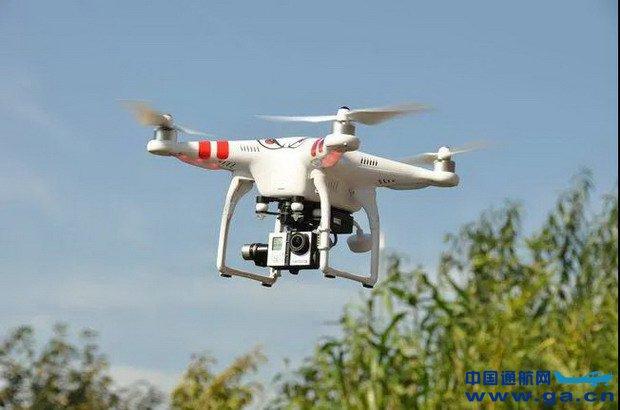In recent years, the hobby of building a drone has taken flight and captured the imagination of tech enthusiasts around the world. Crafting your own drone from scratch not only offers a sense of accomplishment but also provides an intimate understanding of the mechanics behind these fascinating flying machines. Whether you’re interested in aerial photography, racing, or simply exploring the skies, learning how to build a drone can be both rewarding and educational.
has taken flight and captured the imagination of tech enthusiasts around the world. Crafting your own drone from scratch not only offers a sense of accomplishment but also provides an intimate understanding of the mechanics behind these fascinating flying machines. Whether you’re interested in aerial photography, racing, or simply exploring the skies, learning how to build a drone can be both rewarding and educational.
Understanding the Basics
Before diving into the construction, it’s crucial to familiarize yourself with the basic components needed to assemble a drone. These include the frame, motors, propellers, electronic speed controllers (ESC), flight controller, battery, and radio transmitter and receiver. Each of these parts plays a vital role in the drone’s flight dynamics.
Choosing the Right Frame
The frame serves as the skeleton of the drone. It’s essential to select a frame that matches the type of drone you’re aiming to build—be it a racing drone, camera drone, or a simple quadcopter. Frames are typically made from materials like carbon fiber or plastic, offering varying degrees of durability and weight.
Motor and Propeller Selection
Motors are the powerhouses of your drone, and the propellers are responsible for lift. Selecting motors depends on the size of your drone and the intended use. Similarly, propellers vary in size and pitch, affecting speed and maneuverability.
Electronic Speed Controllers (ESC)
ESCs regulate the speed of your drone’s motors. Compatibility between ESCs and the motors is crucial for smooth operation. Ensuring that your ESCs can handle the current drawn by the motors is important for preventing overheating.
Installing a Flight Controller
The flight controller acts as the brain of your drone, processing data from sensors and enabling flight stability. There are many options available, each offering different features like GPS, altitude hold, and programmable flight paths.
Power Source: Batteries
Batteries are the energy source of your drone. LiPo batteries are commonly used due to their high discharge rate and lightweight nature. Selecting the right battery based on the drone’s requirements is essential for optimal performance and flight time.
Connecting the Radio System
The radio transmitter and receiver allow you to control the drone remotely. It’s imperative to ensure compatibility with your flight controller for seamless communication between the ground and the sky.
Assembly Process
Once you have gathered all necessary components, it’s time to assemble your drone. Begin by attaching the motors to the frame and connect them to the ESCs. Install the flight controller and link the ESCs via wiring harnesses. Secure the battery in place and ensure all connections are intact. Finally, attach the propellers, ensuring they are correctly aligned for optimal lift.
Calibration and Testing
After assembly, calibrating your drone is crucial. This involves adjusting settings in the flight controller to ensure stability and control. Conduct a test flight in a safe, open area to evaluate how your drone performs and make adjustments as necessary.
FAQs
What tools are needed to build a drone?
Tools such as soldering iron, screwdrivers, pliers, and wire cutters are essential for assembling a drone.
How long does it take to build a drone?
The time commitment can vary based on experience and complexity of the design. On average, building a basic drone might take several hours, while more complex models could require days.
Is it expensive to build a drone?
Cost depends on the type and quality of components used. A basic setup could cost a few hundred dollars, while high-end builds may exceed a thousand.